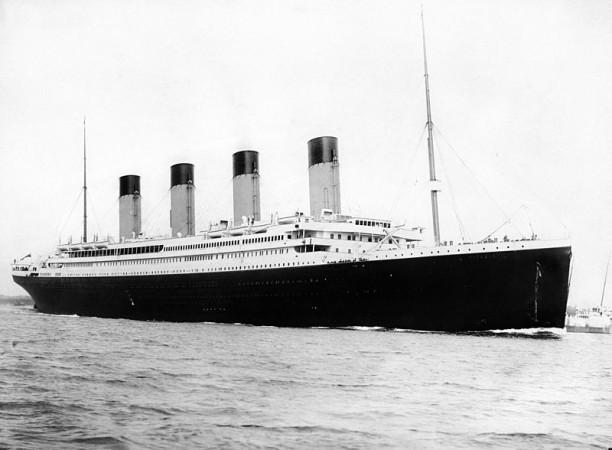
On April 15, 1912, the ship that could never be sunk, did just that on its maiden voyage, after striking an iceberg in the North Atlantic on her way to New York, from the British port of Southampton.
At the time of her sinking, the ocean liner RMS Titanic was the world's largest ship. Operated by the White Star Line, it was meant to be the original emperor of the seas – an armoured Neptune, resplendent and invincible, but due to an unfortunate series of events, it ended up at the bottom of the ocean with the loss of 1,500 lives.
Thanks to the cinematic efforts of James Cameron and his 1997 blockbuster, Titanic, which revolved around a love affair on board the ill-fated vessel, the Titanic has retained its tragic, if legendary status, in popular culture: A passionate flame snuffed out by a floating icy wall.
New research, however, may have proved that the iceberg-hit, while directly responsible for the ship's sinking, may not have caused as much damage to the hull, if the superstructure had not already been weakened prior to the ship's maiden voyage.
Journalist Senan Moloney, who has spent the better part of three decades researching the ship and its sinking, has arrived at a theory that a fire in the boiler room while at the shipyard in Belfast, may have weakened the hull to the extent that it simply tore open when it struck the iceberg.
While studying photographs taken by the ship's chief electrical engineers, prior to it leaving the shipyard in Belfast, Northern Ireland, Moloney noticed black marks on the hull indicative of a fire.
Moloney believes that the incident was kept under wraps so as not to disrupt the ship's maiden voyage and the RMS Titanic was even reversed into Southampton docks to prevent passengers from seeing the burn marks on the hull.
Metallurgy experts state that when steel gets heated to a temperature that it would have if there was a fire in the boiler room, it become extremely brittle on cooling down, and that could well have caused it to rupture fairly easily when it came into contact with the iceberg.

















